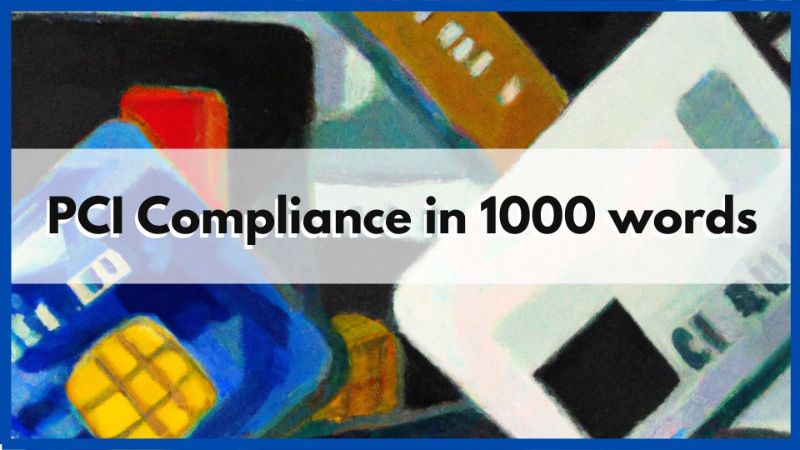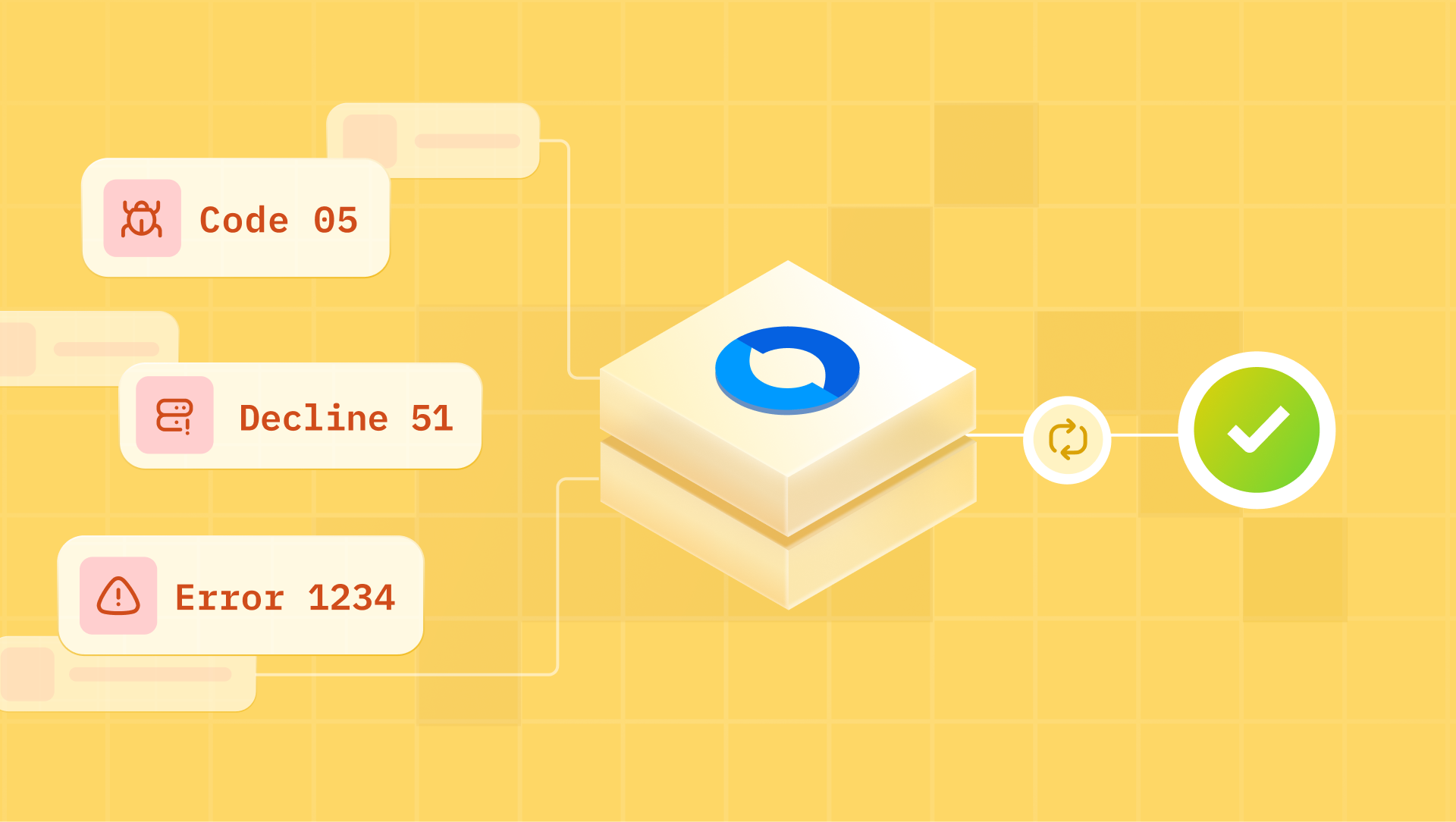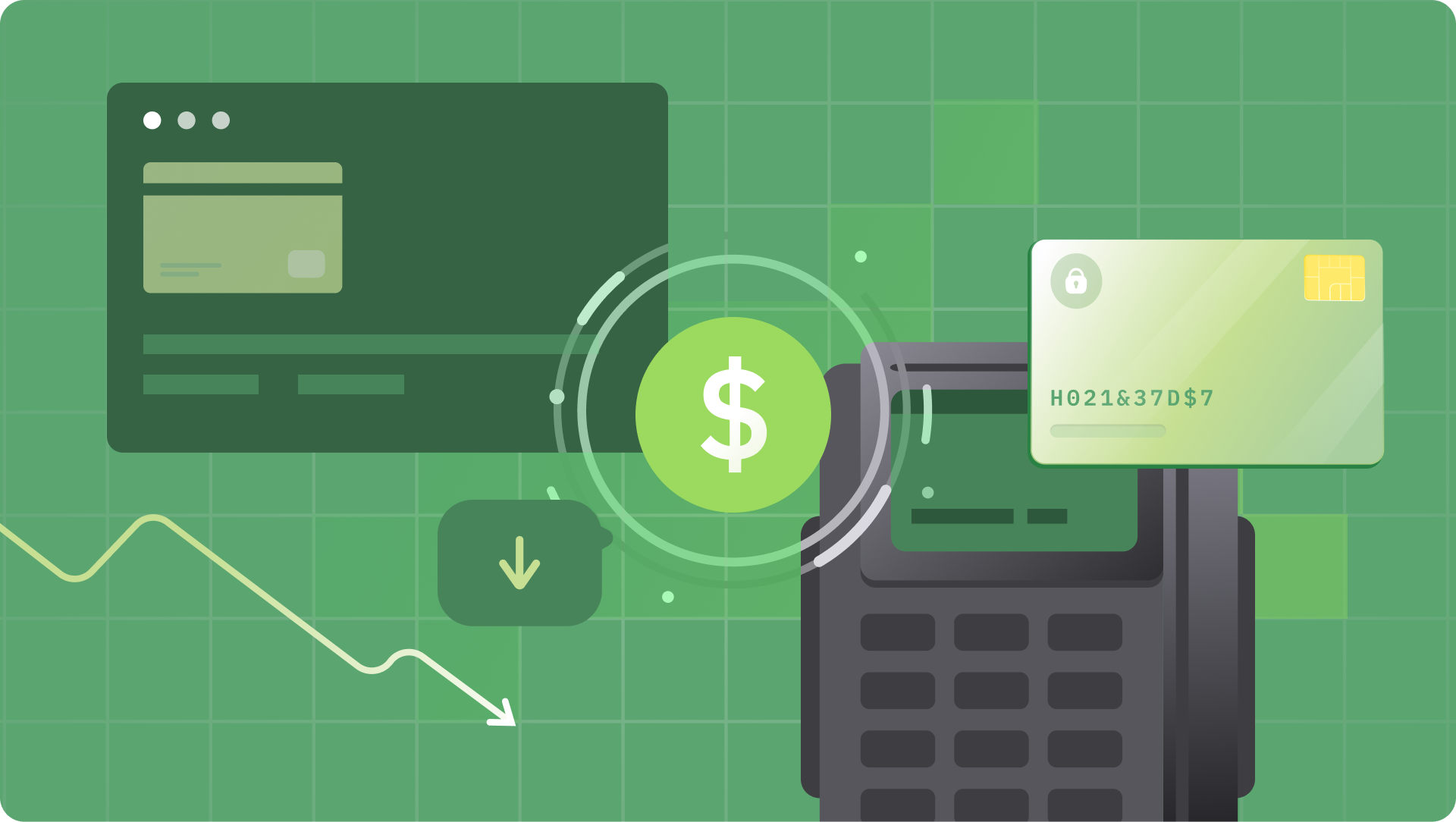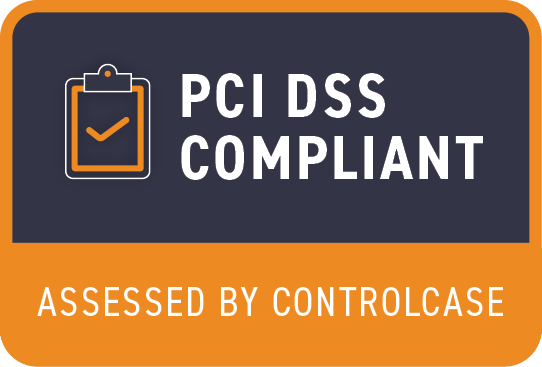Welcome to our comprehensive guide on PCI compliance, where we'll break down everything you need to know about Payment Card Industry Data Security Standard (PCI DSS) compliance in under 1000 words. If you're a business that handles credit card transactions, understanding and achieving PCI compliance is crucial for safeguarding sensitive customer data and ensuring the trust of your clients. This will also prove instrumental in giving you more control over your payment operations. In this blog post, we'll provide an overview of PCI compliance, explore its requirements, outline the steps to become PCI compliant, discuss the benefits, and answer some frequently asked questions.
Overview: What is PCI Compliance?
PCI compliance refers to the set of security standards and guidelines established by the Payment Card Industry Security Standards Council (PCI SSC) to protect cardholder data during credit card transactions. The primary goal of PCI compliance is to ensure that businesses securely handle, process, and store payment card data, reducing the risk of data breaches and fraud. Achieving PCI compliance demonstrates your commitment to safeguarding your customers' sensitive information.
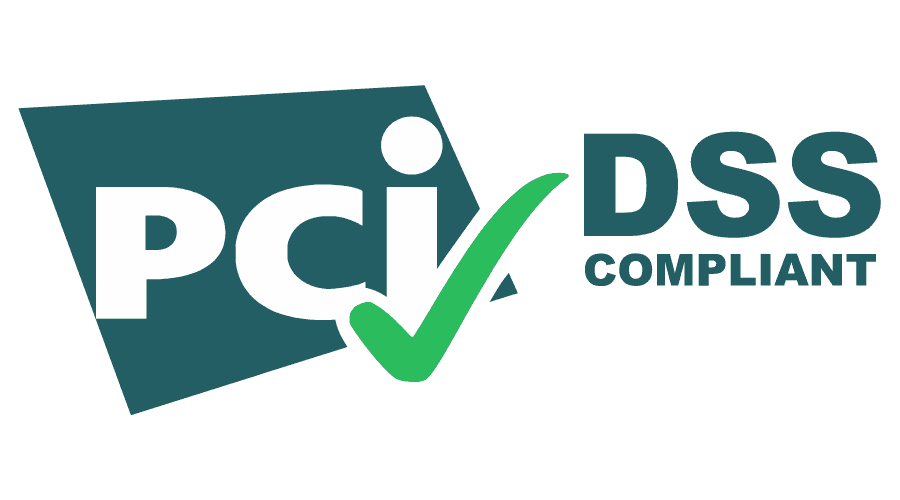
Requirements of PCI Compliance
PCI compliance involves adhering to a specific set of requirements outlined in the PCI DSS. These requirements are divided into six broad categories:
Build and Maintain a Secure Network:
This requirement involves implementing firewalls, using strong encryption protocols, and ensuring your network is protected against intrusions.
Protect Cardholder Data
Businesses must securely store and transmit cardholder data using encryption and access controls. Avoid storing unnecessary cardholder information whenever possible.
Maintain a Vulnerability Management Program
Regularly update and patch systems, scan for vulnerabilities, and maintain an anti-virus solution to protect against malware.
Implement Strong Access Control Measures
Limit access to cardholder data to only authorized personnel. Assign unique IDs, use strong passwords, and employ two-factor authentication.
Regularly Monitor and Test Networks
Continuously monitor and track access to cardholder data, and conduct regular security assessments and penetration testing.
Maintain an Information Security Policy
Develop and maintain a security policy that addresses PCI compliance, employee training, and incident response.
How to Become PCI Compliant - 12 Steps
Achieving PCI compliance can seem like a daunting task, but it becomes manageable when broken down into steps. Here's a simplified 12-step guide to becoming PCI compliant:
1. Determine Your PCI Level: Identify your business's PCI level based on the volume of credit card transactions you process annually.
2. Understand the Requirements: Familiarize yourself with the specific PCI DSS requirements applicable to your level.
3. Appoint a Compliance Officer: Designate an individual or team responsible for overseeing and implementing PCI compliance efforts.
4. Assess Your Current Security: Conduct a thorough assessment of your current security measures to identify gaps and vulnerabilities.
5. Segment Your Network: Isolate cardholder data from other parts of your network to minimize the scope of compliance.
6. Create a Remediation Plan: Develop a plan to address any deficiencies found during your security assessment.
7. Implement Security Controls: Put in place the necessary security controls, such as firewalls, encryption, and access controls.
8. Regularly Update Software: Ensure all software and systems are up-to-date with security patches.
9. Train Your Staff: Provide PCI compliance training to your employees to ensure they understand their roles in maintaining security.
10. Conduct Regular Assessments: Continuously monitor and assess your security measures to identify and rectify any new vulnerabilities.
11. Engage a Qualified Security Assessor (QSA): Depending on your level, hire a QSA to assess your compliance and provide a report.
12. Submit Compliance Documentation: Complete the necessary Self-Assessment Questionnaire (SAQ) or Attestation of Compliance (AOC) and submit it to your acquiring bank or payment processor.
Benefits of PCI Compliance
PCI compliance offers several benefits to businesses beyond simply meeting regulatory requirements:
1. Enhanced Security: PCI compliance helps protect sensitive cardholder data, reducing the risk of data breaches and associated costs.
2. Customer Trust: Demonstrating compliance shows customers that you prioritize their data security, building trust and confidence.
3. Avoiding Fines and Penalties: Non-compliance can result in hefty fines, penalties, and potential legal liabilities, which can be avoided through compliance.
4. Reduced Fraud: Strong security measures can deter fraudsters and reduce the likelihood of fraudulent transactions.
5. Brand Reputation: A secure reputation can enhance your brand image and attract more customers.
6. Global Expansion: PCI compliance can facilitate expansion into international markets where compliance is required.
FAQ
Q1: Is PCI compliance mandatory for all businesses?
A1: PCI compliance is mandatory for any business that processes credit card transactions. The specific requirements and level of compliance may vary based on the volume of transactions.
Q2: What are the consequences of non-compliance?
A2: Non-compliance can result in fines, increased transaction fees, legal action, and reputational damage. In the event of a data breach, the costs can be substantial.
Q3: How often should PCI compliance assessments be conducted?
A3: PCI compliance assessments should be conducted annually, but ongoing monitoring and security assessments are essential for maintaining compliance throughout the year.
PCI compliance is a critical aspect of running a business that handles credit card transactions. It's not just a legal requirement; it's a commitment to safeguarding your customers' sensitive data. By understanding the requirements, following the steps to compliance, and reaping the benefits, you can not only protect your business but also enhance your reputation and build trust with your clientele. Remember, PCI compliance is an ongoing process, so make it a priority to stay secure and compliant year-round. Your customers and your bottom line will thank you for it.

